St. John the Divine Catholic Church
Introduction
Author-Uploaded Audio
00:00 / 00:00
The following clip comes from an oral interview conducted by Christina Loya on April 18, 2022 with interviewee Bea Ramirez, a lifelong Argentine community member. She attended St. John the Divine Catholic School and recounts her experiences there..
Text-to-speech Audio
St. John the Divine Catholic Church has been a significant feature in the Mexican-American community of Argentine since the 1930s. The building was first constructed in 1887 and went through extensive remodeling between 1909 and 1913. It started as a Methodist church, which was then sold to the Catholic diocese. The church was renamed St. John the Divine in 1937, and its first mass was held that year. The church closed in 1992, and the building suffered from neglect over the years. Some community members were previously working towards its restoration before a fire destroyed the building completely in March of 2020.
Images
St. John the Divine Catholic Church
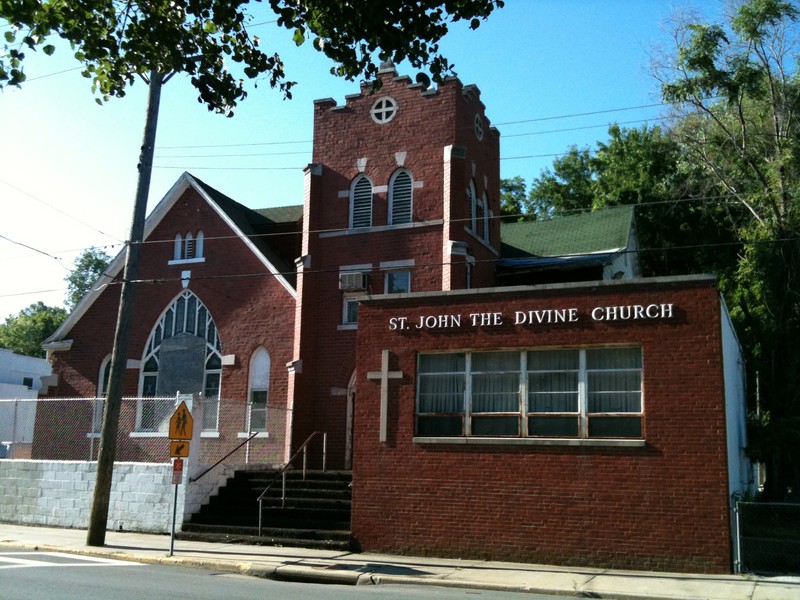
St. John the Divine Catholic Church
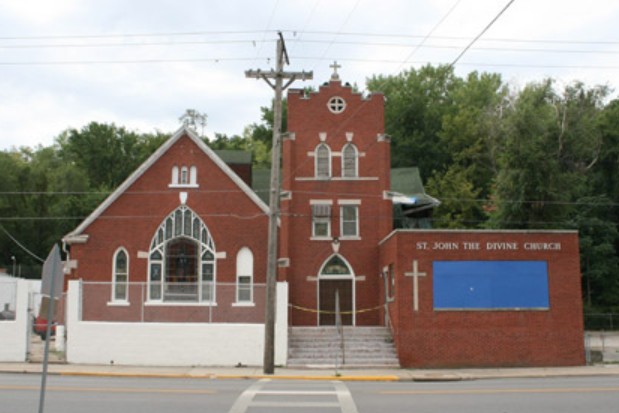
The church was originally built as a wooden clapboard structure in 1887 for a Methodist congregation.
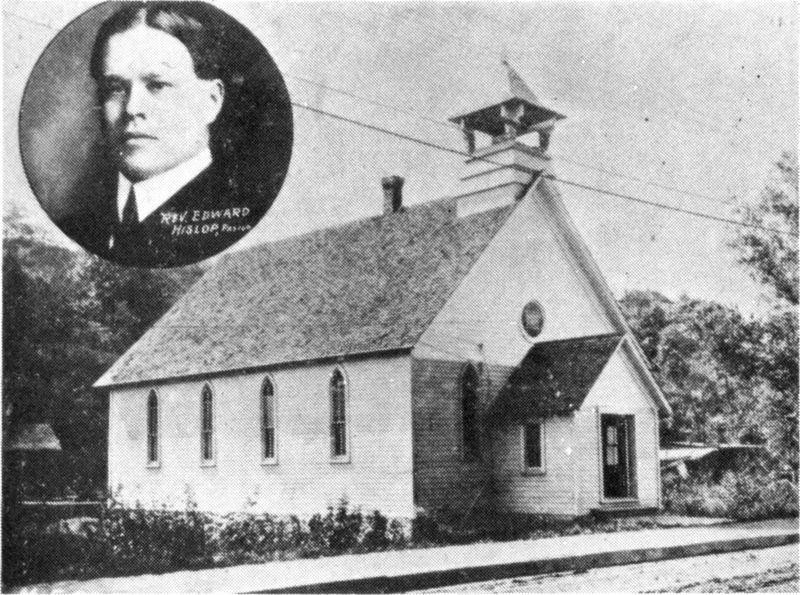
An early photo of the church, after a brick veneer and other renovations were done.
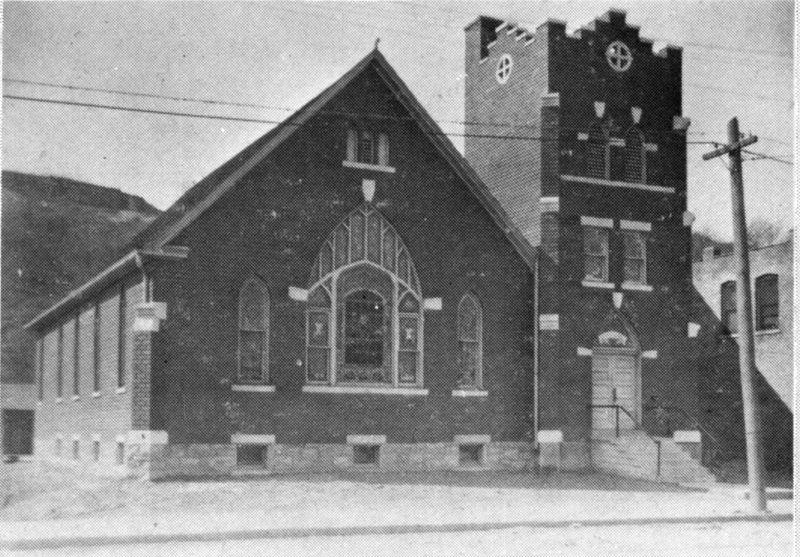
Mass being held inside the church in the 1980s
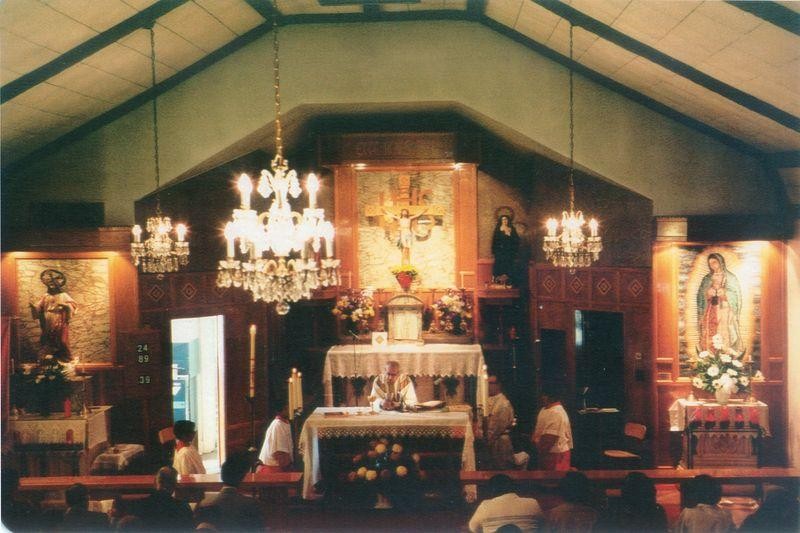
Interior features: the altar, inlaid wood paneling along the back wall, and chandeliers
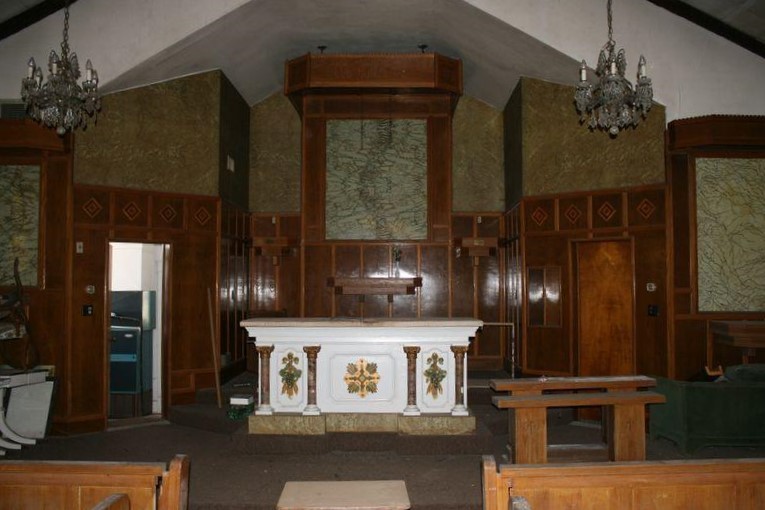
The nave, showcasing the inside of the central stained glass window and chandeliers from Spain, as well as damage to the building
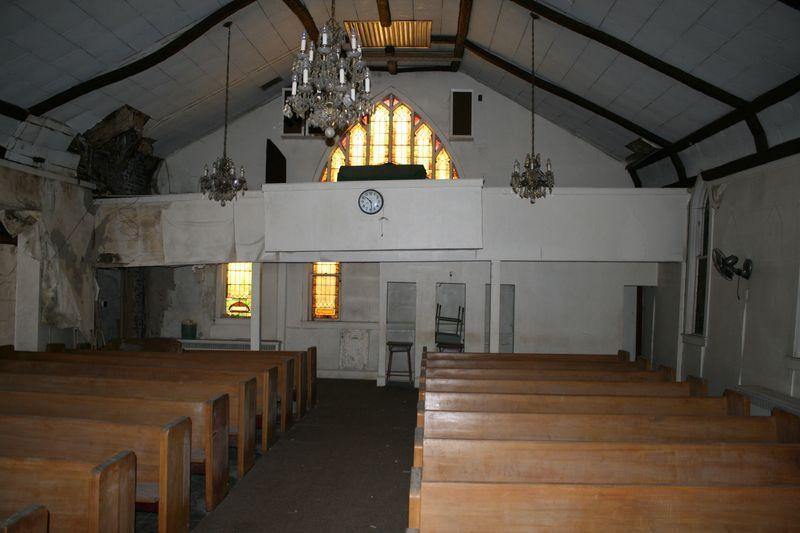
Backstory and Context
Author-Uploaded Audio
00:00 / 00:00
Again, Bea Ramirez discusses her complex relationship with St. John the Divine and the ways in which she simultaneously felt welcomed and discriminated against.
Text-to-speech Audio
The Metropolitan Avenue site of St. John the Divine Catholic Church was first used by the Methodist Church of Argentine. The Methodist wooden frame church was constructed in 1887. It was badly damaged during a flood in June 1903. The church was repaired and functioning again by the end of the summer, but funds were raised to reconstruct and expand the building in the years after the flood. Between 1909 to 1913, a brick veneer was added to the frame, a bell tower was constructed, a basement was added, and additions were made to the rear.
In 1937, the Methodist congregation moved to a new location and sold the building to the Catholic diocese. The diocese wanted to create a new parish to serve the Mexican-American community that had developed in Argentine from immigrant workers on the railroad. Since the late 1870s, workers with experience laying tracks had been recruited from Mexico and lived with their families in camps near the Augustine railyard. The settlement grew even more rapidly after 1918, when a new law was passed limiting European immigration. By the late 1920s, about 90% of laborers on the railroad in Kansas City, Kansas were Mexican. The Augustinian Recollect had been ministering to the community in the railroad camps since 1923.
The church was dedicated as St. John the Divine Catholic Church. Its first mass was held on December 12, 1937, on the Mexican feast day of Our Lady of Guadalupe. Friar Gabriel Perez of the Monastery of St. Augustine (see Clio entry on St. Augustine Hall) was heavily involved in the development and growth of the parish, and he became pastor of the church in 1944. That same year, the church acquired a nearby building to start a parish school. The Flood of 1951 damaged the church once again, and some additions were made to the building during repairs. A rectory and office were added to the west side of the building, and the main sanctuary was expanded.
St. John the Divine was a pillar in the local Mexican-American community of Argentine for decades. However, the church closed in 1992 due to dwindling attendance. Since then, the building has been vacant and fallen into disrepair. In 2012, a demolition order was placed on the building, but was put on hold while a Section 106 review is underway. It was placed on the list of the Kansas Preservation Alliance’s Endangered Historic Places in 2012 and has been on Historic Kansas City’s Most Endangered List every year from 2013 to 2019. In 2013, it was added to the National Register of Historic Places, one of less than 100 sites on the list associated with Hispanic heritage. [2] The owner of the building, St. John the Divine Community Art and Education Center, received a $30,000 Heritage Trust Fund grant in 2017 to repair the roof.
The church is Gothic Revival in style. The large central nave window has a stained glass image of La Virgen de Guadalupe imported from Mexico. Memorial stained glass windows border the central window, and the east side of the building contains five more. Another arched stained glass window is over the main doorway. Vaulted ceilings with chandeliers imported from Spain adorn the interior. The apse wall is covered in inlaid wood paneling.
Cite This Entry
Nickel, Jamie and Christina Loya. "St. John the Divine Catholic Church." Clio: Your Guide to History. May 16, 2022. Accessed March 18, 2025. https://theclio.com/tour/2170/3/reverse
Sources
- Ford, Susan Jezak and Daniel Serda. “National Register of Historic Places Registration Form: St. John the Divine Catholic Church.” Kansas State Historical Society Website. Form prepared August 23, 2012. Accessed November 5, 2019. https://khri.kansasgis.org/index.cfm?in=209-2190.
- “2019 Most Endangered List.” Historic Kansas City Website. Accessed November 5, 2019. https://www.historickansascity.org/endangered-list/.
- Walser, Lauren. “Uncertain Future (and Contentious Past) for Kansas City Church.” National Trust for Historic Preservation Website. May 10, 2013. Accessed November 5, 2019. https://savingplaces.org/stories/uncertain-future-and-contentious-past-for-kansas-city-church#.XcGoz9VOk2x.
- Bea Ramirez, interview by Christina Loya, April 18, 2022.
https://www.historickansascity.org/endangered-list/
Susan Jezak Ford: https://khri.kansasgis.org/index.cfm?in=209-2190
https://khri.kansasgis.org/index.cfm?in=209-2190
https://khri.kansasgis.org/index.cfm?in=209-2190
https://khri.kansasgis.org/index.cfm?in=209-2190
Susan Jezak Ford: https://khri.kansasgis.org/index.cfm?in=209-2190
Susan Jezak Ford: https://khri.kansasgis.org/index.cfm?in=209-2190

